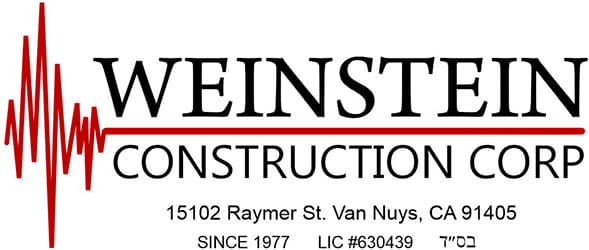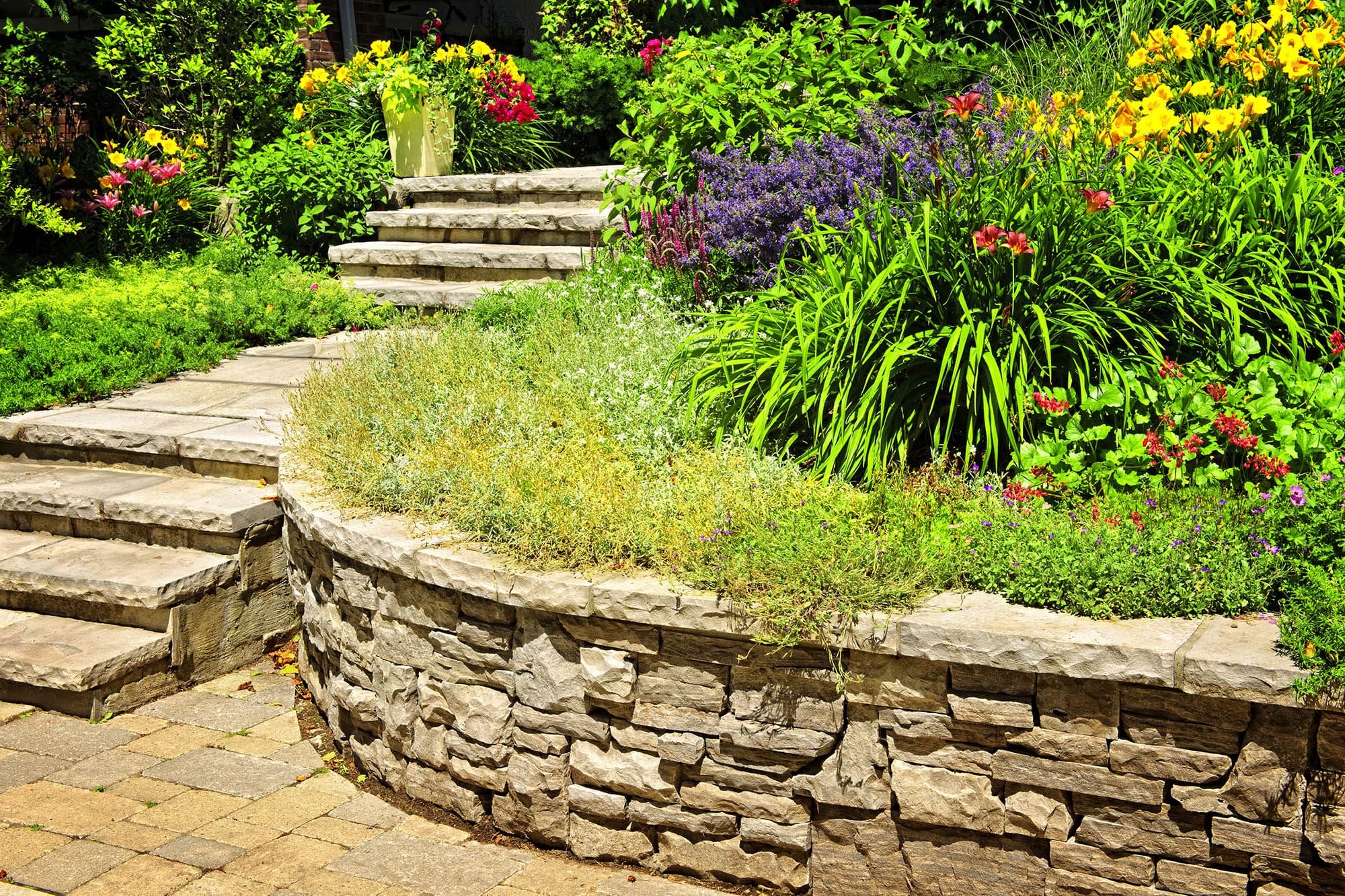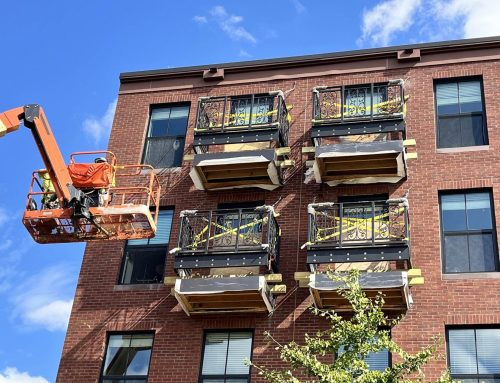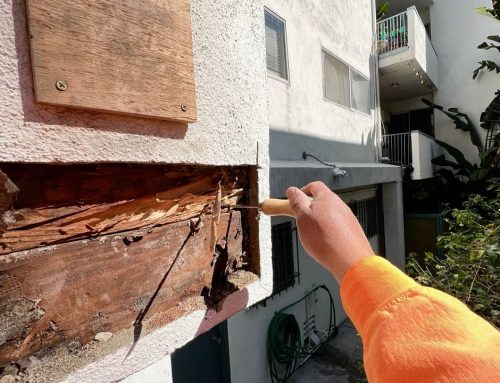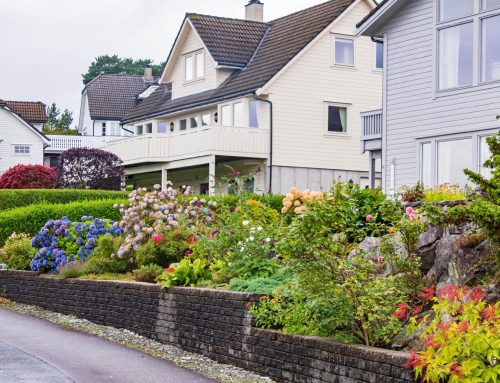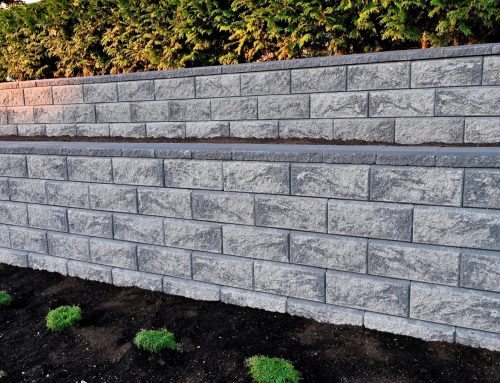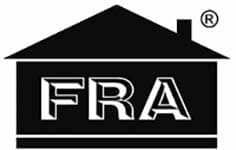While the recent stormy weather in Los Angeles has been great for filling up our lakes and water reservoirs, it has also been devastating for those homeowners who live homes on or near hillsides. In many such cases, we have seen rainwater, dirt, and debris which run down a slope, enter a home and jeopardize the stability of its structure and foundation. Luckily, there are ways to protect homes against such dangers, and building retaining walls are some of the most cost-effective ways of doing so!
What are retaining walls?
Retaining walls are structures that are designed to hold back water, prevent erosion in sloped areas, and improve drainage control to reduce the risk of mudslides or landslides during inclement weather. They can stabilize the hillside next to a home, create terraced gardens that level out uneven terrain and create useful spaces for outdoor activities, as well as provide visual interest and a nice cosmetic touch-up to a home’s landscape (which in turn can increase a property’s value!).
What are retaining walls made out of?
Retaining walls are typically custom-built to fit a home’s specific needs. They can be constructed from a variety of materials, including wood timber, brick, shotcrete, concrete, or rock in the form of gabion baskets. Each type of material has its own unique attributes, durability, longevity, curb appeal, and of course, cost. For example, of the many material choices for constructing retaining walls, timber is often less durable (being a natural material that deteriorates over time). Moreover, bricks can be a bit more expensive than other materials such as concrete or gabion baskets filled with natural rocks.
What factors inform the cost of a retaining wall?
The cost of a retaining wall is informed not only by the materials used, but also by its design, for example:
-
Where is the retaining wall located?
If a retaining wall is constructed in a flat area, costs are lower. If the retaining wall is constructed on a steep and difficult to maneuver slope, its costs typically go up because of the additional labor and materials needed to complete the job on a difficult terrain.
-
What is the type of soil below the retaining wall?
Some retaining walls work better than others in particular soil types. For example, Los Angeles homes are typically built on more clay soil, which may not support heavier retaining wall materials. If the soil is more sandy, that is helpful when designing drainage systems. Moreover, if a home is built on a rocky terrain, more work is required to dig and clear the area of rocks, and then compact the soil. As you can imagine, more work means more labor, and therefore a higher cost.
-
What is the size of the retaining wall?
A retaining wall that is just a few feet long, and a couple of feet tall, is typically less expensive than a taller wall that is many feet high. This is because the taller a retaining wall, the stronger and larger its foundation/footing needs to be, which increases the cost.
-
What is the design of the retaining wall?
A retaining wall that is built in a straight line is often less costly than a wall that is curved, or terraced. Moreover, the height of a retaining wall is a major cost factor, because higher walls require much more work than low walls, and this is because of the complexity of the project.
-
What are the materials used in the retaining wall, and, is just one material used, or a combination of a few materials?
The type of material used in the wall is one of the biggest factors in its cost. Simple materials such as concrete, timber, and gabion baskets, are often the most cost-effective options, and brick construction can be more expensive.
-
How much drainage control is needed to protect the retaining wall and the home?
Depending upon each home’s circumstances, it will be imperative to prevent water buildup and pooling behind the retaining wall and around the home, diverting the flow of the water to a drainage system. The cost of the project will also be informed by the design of its drainage system.
What are some “bottom line” typical costs for building a retaining wall?
Generally speaking, a small retaining wall that is only a few feet high and a few feet long, can cost anywhere from $2,000 to $4,000. A larger retaining wall that is several feet high, and several feet long, can cost anywhere from $5,000 to $10,000 or more. These are just estimates of course, and the actual cost of the project will depend on the home’s location, the materials used, and the project’s specific drainage system needs. These costs do not include a soil report and a structural engineer’s plans and project permit fees, which must always be taken into consideration.
For a homeowner, building a retaining wall is a valuable investment in their property. As such, it’s vitally important to work with a qualified and experienced contractor that can not only do the work properly, but also provide the homeowner with a fair price for the job!
Weinstein Construction’s retaining wall specialists can help you design and build a retaining wall to fit your property’s needs and your particular budget! We can help ensure that your retaining wall provides you with a wide range of benefits, from erosion control and improved drainage, to increased usable space and enhanced curb appeal! And we will do it at a reasonable and fair cost! If you are considering building a retaining wall, give us a call now to discuss or schedule a free inspection of your home or property! We are standing by at (800) 862-6582.
